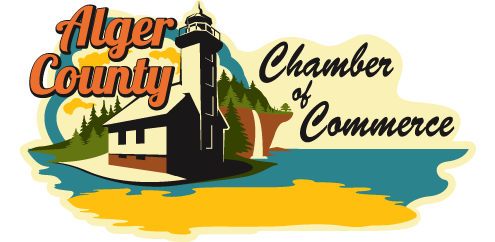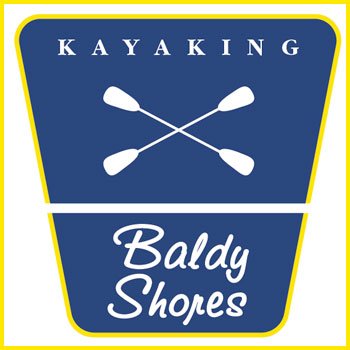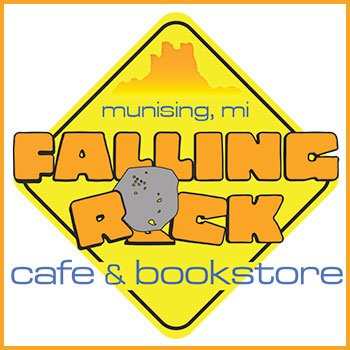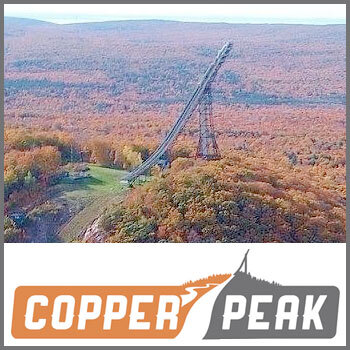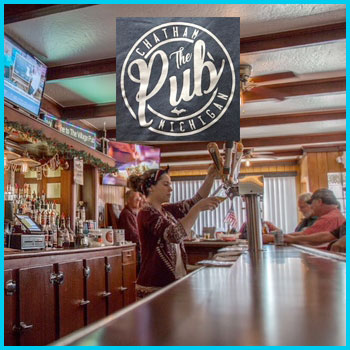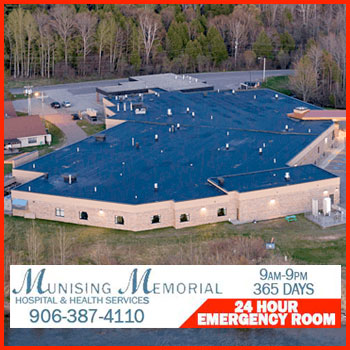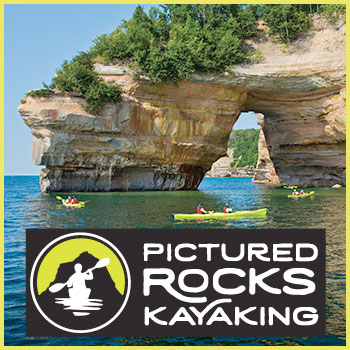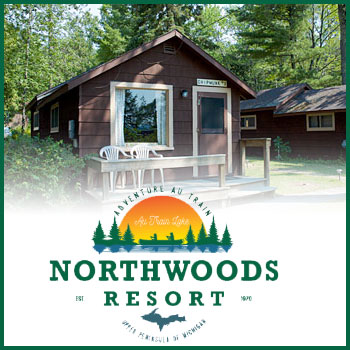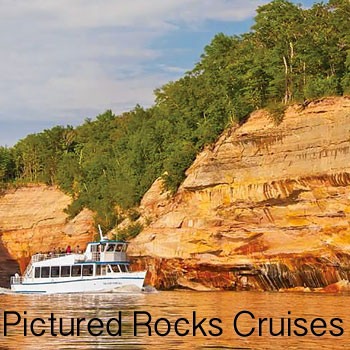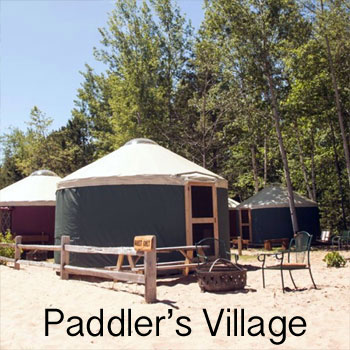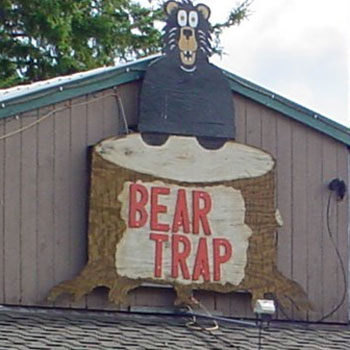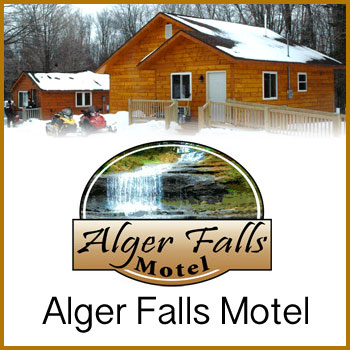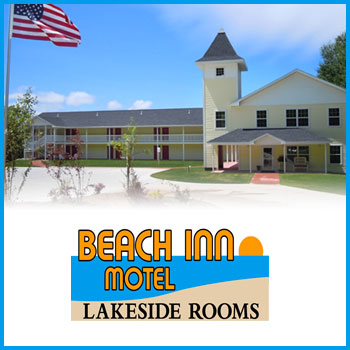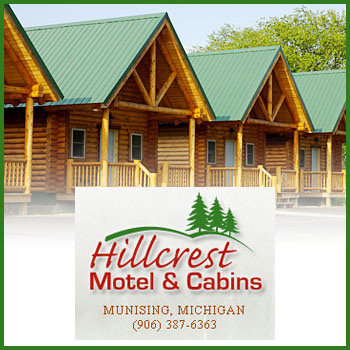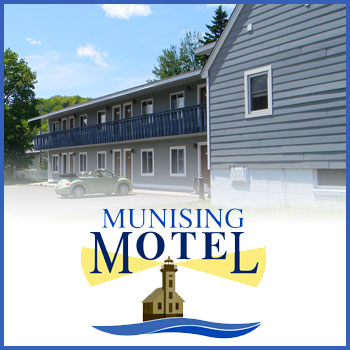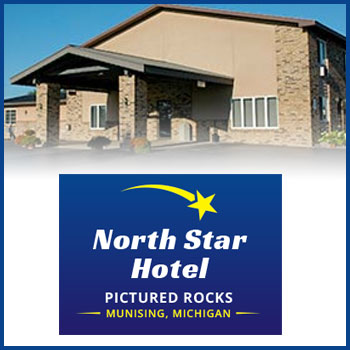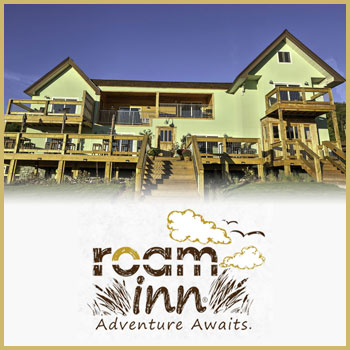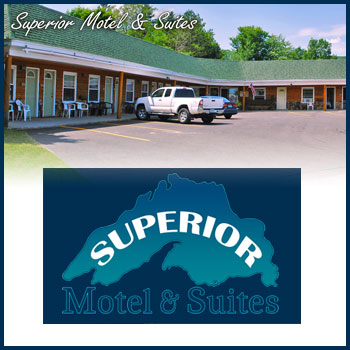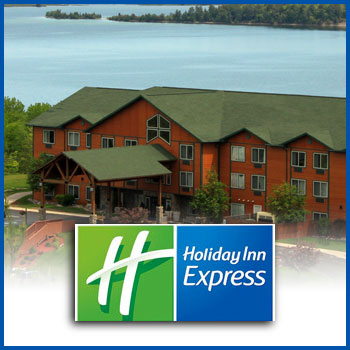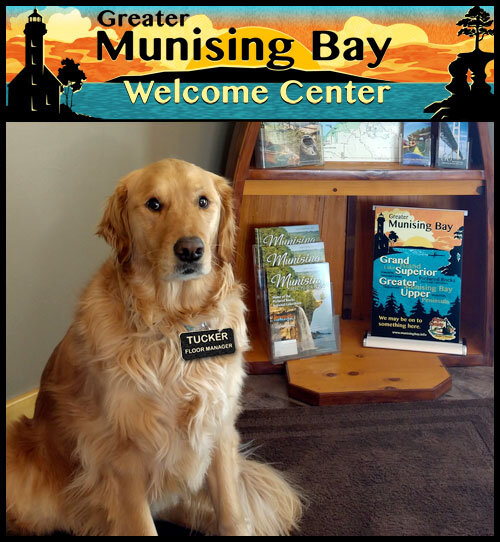H-58: The Scenic Highway along the Pictured Rocks Park
/When you live in the Upper Peninsula, you’re accustomed to driving down windy dirt roads or highways in the middle of deep forests. Although I’ve adventured across glorious mountain ranges and desert terrain, there’s nothing quite like driving along the rugged shoreline of Lake Superior.
H-58 is a county-designated thoroughfare stretching 69 miles across the northern half of Alger and Luce Counties from Munising to Deer Park. Although the highway has been around since the 1920s, it become a popular access road shortly after President Lyndon Johnson signed a landmark legislation in 1966 establishing the Pictured Rocks area as the country’s first national lakeshore.
Once a rutted and dirt road, the western half of H-58 from Munising to just past the Grand Marais Visitors Center was eventually paved, leaving the remaining 20 miles to Grand Marais gravel until about 10 years ago. Fourteen million dollars and five years later, the rest of the route was paved and widened, cutting the scenic drive from Munising down from about 90 to 50 minutes. The portion of the road to Deer Park is still unpaved.
H-58 is the only highway that runs along the entirety of the Pictured Rocks park, guiding folks to the Miners area, Chapel Basin, Twelvemile Beach, the Log Slide, Grand Sable Banks, various campgrounds with gorgeous views of the lake, and so on. Since there’s plenty of overlooks in the area worth checking out, I’d recommend staying in Munising or Grand Marais for a day or two or booking a site at any of the campgrounds along the way. Just a head’s up, though, all camping in the Pictured Rocks park must be reserved prior to your stay, which can be done at recreation.gov.
Certainly, the Pictured Rocks area has a power that echoes from the multicolored cliffs. Like a fierce tide, the pull of this area is so strong that anyone who’s ever encountered its magical presence can attest to it. Native Americans were known to give gifts to the cliffs, adorning them with gratitude – surely something we can all learn from. So, for this week’s column, I’ll leave you with this: a quote from a document titled “Pictured Rocks: An Administrative History” (which can be easily found on the PRNL’s website): "The Pictured Rocks region was part of the land of the Ojibwa, a woodland Indian people who lived on the margins of Lake Superior … their behavior toward the Pictured Rocks is consistent with the Ojibwa belief in a world shaped by a marvelous array of spirits. Rather than view natural objects as inanimate, the Ojibwa saw that they were alive with unseen spirits."
